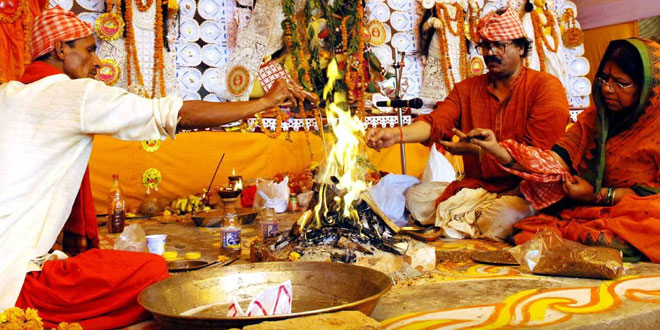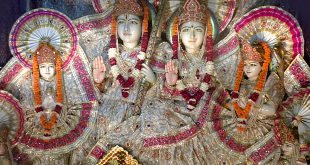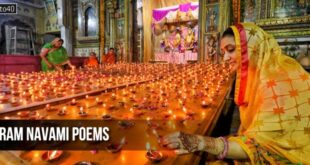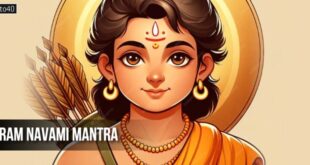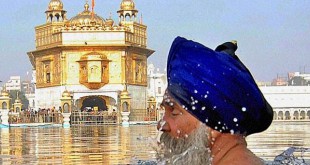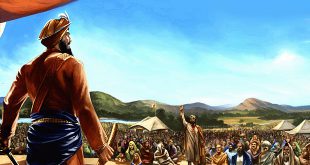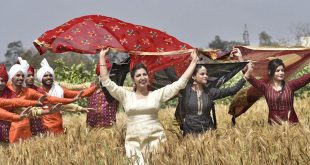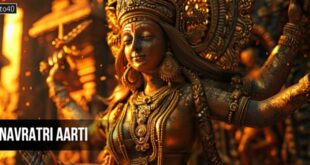Sumati then prayed to the deity and told her that when her father abandoned her and punished her harshly for her mistake, it was Devi Durga who removed her woes and blessed her. She bowed to the Goddess and asked for her blessings.
Lord Brahma kept narrating Sumati’s story to Naradji and said that the Brahmini’s prayers further pleased the Goddess and she granted another boon to her. This boon was that Sumati will be the mother of a son named Udalak who will be hardworking, intelligent and rich.
Even after these blessing, the Devi asked Sumati to make one more wish. The Brahmini was overwhelmed and instead of asking for a materialistic boon, she asked the Goddess to enlighten her with the rituals and ceremonies related to Navratri fast so that she could perform the puja, and also asked the deity to tell what blessings one could get by performing the fast.
Goddess Durga then went on to explain the ceremonials related to Navratri fast and said that from the new moon day of the month of Ashwin till the ninth day (during the Shukla Paksha), one should observe fast. If one’s health does not allow to carry on the fast for the whole day then they can have one meal a day. The foods one should have during these fasting days include milk, fruits and vegetables. A ‘kalash’ with whole grains should be put in a sacred place with the assistance of a Brahmin (priest) and it should be watered every day.
The devotees should also make clay idols of Mahakali, Mahalakshmi and Maha Saraswati and adorn them with flowers and worship them daily. Every element of worship has a unique significance like amla brings happiness, bijora flowers are associated with beauty, jaiphul implies brilliance and banana brings wealth. If one performs the Navratri rituals this way, one is blessed with prosperity and good fortune.
During Navratri, ‘Havan’ should be performed with ghee, honey, jowar, fruits, coconut, kheer and sesame seeds to complete the puja rituals. The fast should be observed with full devotion and the Brahmin who helps in performing the ceremonials should be respected and given due ‘dakshina’.
Then the Goddess assured Sumati that all those who follow these rituals diligently are sure to reap the fruits of this fast as all their prayers are answered. Devi also told Sumati that these rituals can be performed in the temple or at home. Thus explaining these rules and rituals of Navratri fasting, the Goddess fulfilled the Brahmini’s wish and departed.
In this way Lord Brahma recounted Sumati’s story to Naradmuni and thus explained the significance of Navratri fast. He also told the rishi that all those who had kept fast on Navratri had been blessed with happiness and freed from their pains and suffering. Naradji was very contented after hearing this story and praised and thanked Lord Brahma for enlightening him.
The story associated with Navratri can be found in various Hindu religious texts like Markandeya Purana, Vamana Purana, Varaha Purana, Shiva Purana, Skanda Purana, Devi Bhagavatam and Kalika Purana. The story of Navratra is the symbolic message of the fact that however glorious and powerful the evil become, at the end it is the goodness that wins over all of the evil. The story is associated with Maa Durga and Mahisasura, the buffalo headed demon.
 Kids Portal For Parents India Kids Network
Kids Portal For Parents India Kids Network
